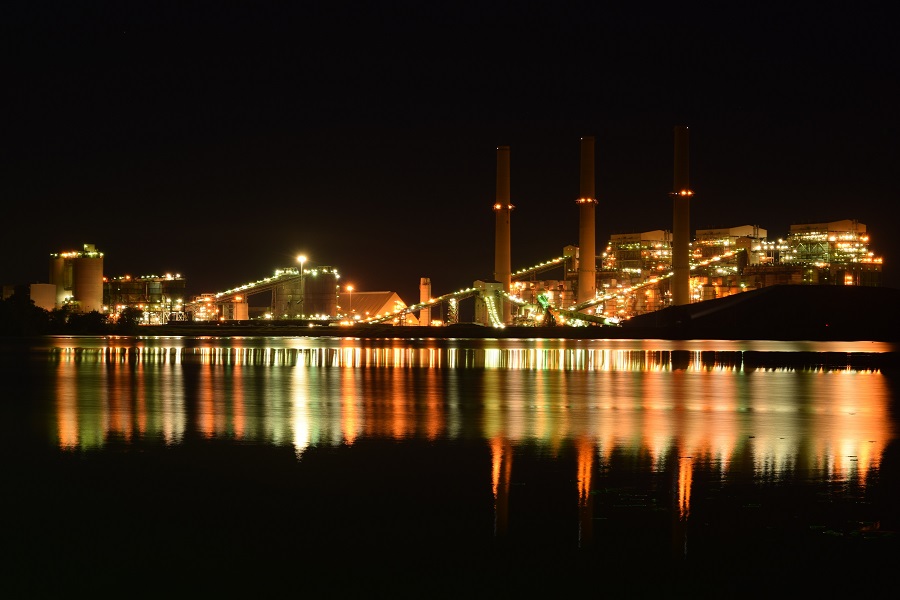The Connection Between Electrification and Natural Gas Prices Is Not as Straightforward as It Seems
An increasing amount of attention is being paid to the electrification of buildings. Generally, “building electrification” is a catchall phrase that talks about the transition from using natural gas equipment to using electric equipment. Much of the attention in this space covers the electrification of residential buildings (e.g., gas stoves vs. induction stoves), but there are plenty of technologies that also scale up to large commercial buildings (e.g., heat pumps).
The choice to pursue building electrification often stems from the goal of reducing GHG emissions: because while our grid isn’t 100% clean right now, it has the potential to become cleaner than any infrastructure indefinitely dependent on fossil fuels. Although other reasons exist to pursue electrification, such as cost savings, preference for product performance, or compliance with building codes, these are also driven by reducing GHG emissions.
The reasons for pursuing electrification can vary. Some ask what this trend could mean for natural gas demand and prices. Here, we discuss potential impacts on natural gas markets based on building electrification.
SEE MORE: New Heat Pump Requirements Buoy Building Electrification Measures
Will Building Electrification lead to Cheap Natural Gas?
There’s an argument to be made that an increase in building electrification could drastically reduce our demand for natural gas. Approximately 22% of natural gas demand in the US comes from residential and commercial buildings; if that demand disappeared, our gas market could be significantly oversupplied, and prices could bottom out.
However, there are a few reasons why it will likely be a handful of years before we see significant
demand changes from building electrification:
- First, it’s unlikely demand will disappear overnight from electrification. Any building electrification project requires time to analyze and construct and involves the deployment of financial capital. The pace of electrification will play out over years, not months.
- Second, while domestic demand for natural gas is expected to soften slightly, overall demand for natural gas is forecasted to increase in the next two years due to increases in our capacity to export LNG.
- Third, while some building codes target existing buildings, most are changing requirements for new construction before addressing existing construction. And some that do address existing construction are giving multi-decade onramps to provide building owners time to adapt to the new regulations. Again, the adoption of electrification will take time.
- Fourth, the scale of electrification may become limited by political efforts. As noted above, some areas are banning the use of gas for certain (new) buildings. But other states are preemptively banning gas bans – preventing any restrictions on the energy supply for buildings. Thus, it’s unlikely buildings will electrify at the same rate across the US. There will be leaders and laggards, just like any technology adoption S-curve.
That last bullet indicates that building electrification’s effects may change based on your particular region. Indeed, any electrification effect is more likely to be felt in basis pricing than commodity pricing. However, based on the above, any impacts to basis pricing will likely be a few years out.
Rebound Effects & the Electric Grid
The dominant fuel supply for electricity in the US right now is natural gas. With building electrification, any reduction in demand for natural gas inside buildings is being replaced by the need for it via electricity. Thus, if building electrification moved faster than expected, at least some of the newly-needed electricity would come from increased gas-fired generation. To be sure, some electricity demand will be met by renewable sources like wind or solar. The decade-plus trend will be for this demand to be met with renewables eventually. But in the short term, gas would be the most likely marginal fuel to meet additional demand for power generation.
Also, now that we’re talking about trends in the electric grid over the next decade, we have to mention Electric Vehicles (EVs). EVs could substantially increase the demand for electricity by approximately 10% to 25% by 2030. Again, while this demand might be met by renewables, supply chain challenges, and interconnection queues continue to limit the growth of renewables.
And lastly, natural gas suppliers can respond to market changes. If the cards fall in a way that natural gas demand experiences sharp reductions, gas suppliers will respond. One response may be to increase exports (the price of gas in foreign markets is multiples of US prices, giving suppliers every incentive to build as much export infrastructure as possible). Another response may be to innovate new uses for natural gas, potentially in the industrial sector. A third response (and likely the last resort) would be to reduce production to bring supply and demand back into balance.
New gas production is typically brought on in 3 to 6 months, and wells usually produce most of their gas in the first two years of life (with very long tails), so the market can respond relatively quickly to supply/demand imbalances. This leads to the boom-and-bust cycle we often see in natural gas markets. If prices are high, they won’t be that way long-term. And if they’re low, they won’t be that way long-term. Prudent buyers manage risk by hedging in layers and having long purchase horizons.
How can you best prepare your business to deal with this boom-and-bust cycle? The first step is understanding the energy market by working with a professional energy consultant. Contact us to discuss market dynamics or your specific procurement situation.
